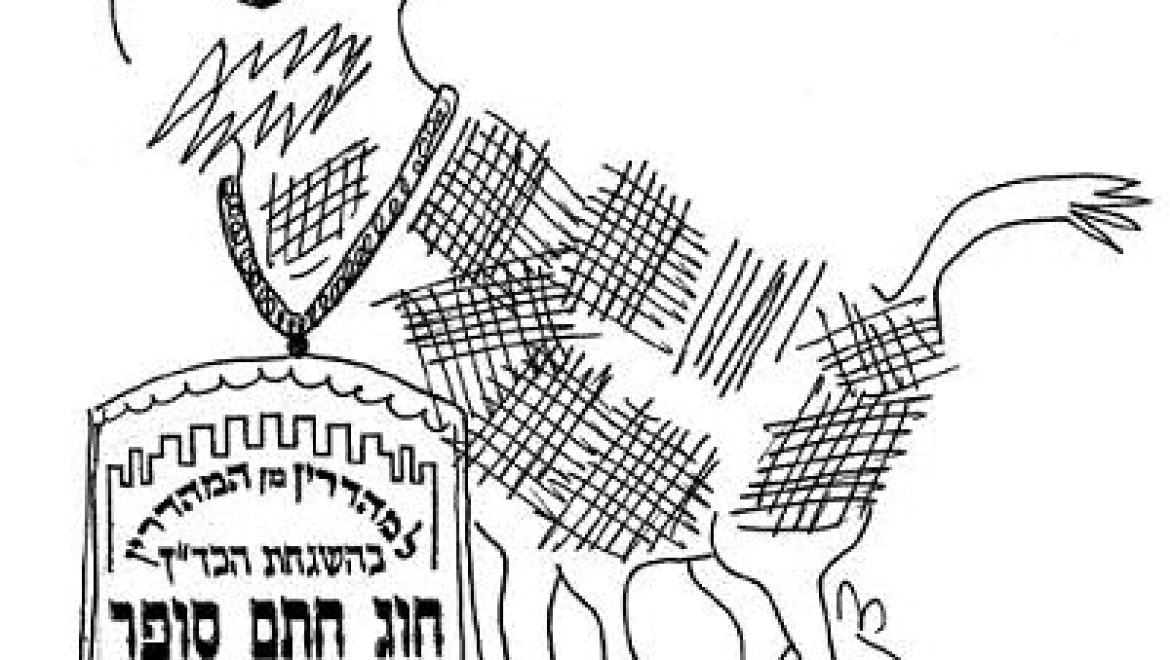
The early sages (Tanaaim) set down signs which would identify kosher animals. “Any animal which is a ruminant and is known not to have upper teeth is kosher.” An animal which is not a ruminant has upper teeth. At first the scholars understood the sages’ rule to mean that an animal which has both these identifying signs, a lack of upper teeth and rumination, is kosher. Because of this understanding the scholars asked about the camel, which has no upper teeth and is a ruminant but is still not kosher. The above rule does not suit all examples. Answer: The camel has two upper canines so does not meet the demands of the two identifying signs. The scholars then asked: A young camel which has not yet grow the two upper canines has both identifying signs. They also asked about the hare and the hyrax which have upper teeth and are ruminants yet are not kosher (this question is unclear). The scholars argued against the early sages’ ruling about upper teeth as a criterion which would permit consumption, as no sign at all involving teeth is written in the Torah. Because of these questions the scholars rephrased the early sages’ rule as “Any animal which does not have upper teeth and is known to be a ruminant with split hooves is kosher.” The lack of upper teeth identifies the animal as ruminant if it was not known previously, and if in addition the animal has split hooves, it is kosher. The scholars asked why identification through the teeth is given for rumination when the hooves can be checked? Answer: This is useful in a case where the hooves have been cut. For example, if one is touring South America and meets an animal with which he is unfamiliar and the hooves are cut. He can check the animal’s upper jaw and if there are no teeth it means that the animal is a ruminant and has split hooves; it is kosher as long as the person can identify the camel, lest he come to unwittingly make the camel kosher through these signs. The scholars asked: It is impossible to err about the camel, since it has teeth in its upper jaw. The person must recognize a young camel whose upper teeth have not yet grown in. The scholars asked: If there really are animals like the young camel, which do not yet have upper teeth yet are not kosher, could it be possible that there are other animals which have no teeth in the upper jaw and yet are not kosher? If this were truth, one could not rely upon the identification sign of teeth. Answer: Since the Torah specifically mentioned that the camel is a ruminant without split hooves, it means that only one such animal exists in the world and there are no others, so one cannot err. Thus, one who tours South America and comes across an unfamiliar animal with split hooves and a cut mouth (so the upper jaw cannot be checked for teeth), an animal which one cannot check for signs of rumination, it is kosher, as long as the person can identify a pig and is sure this animal is not one, as the pig has split hooves yet is not kosher. The scholars asked: If there really are animals like the pig, which have split hooves yet are not kosher, could it be possible that there are other animals like this? Answer: Since the Torah specifically mentioned that the pig has split hooves but is not a ruminant, it means that only one such animal exists in the world and there are no others like it. The sage Rav Chisda added that if one tours South America and meets an unfamiliar animal whose mouth and hooves are cut, for which there is no way of checking the signs of kashrut, one may slaughter the animal and check its flesh. If the fibers of the flesh run along the length and width the animal is kosher and if it does not, the animal is not kosher. This holds as long as the person can identify the arod (a type of donkey), for that animal also has flesh which runs along the length and width. The scholars asked: Perhaps there are other unkosher animals which have fibers of flesh running along the length and width and then a person will err and call something kosher which is not? Answer: Our rabbis had a tradition that there are no animals with this configuration of fibers aside from ones which are kosher and the arod. What part of the animal’s flesh should one check? Answer: The flesh beneath the tail, under the last vertebra of the spinal column.
(Babylonian Talmud, Tractate Chulin 59a)
